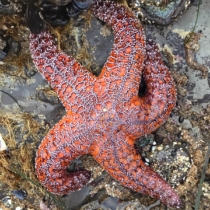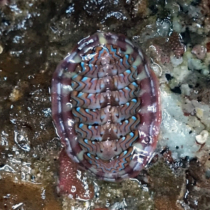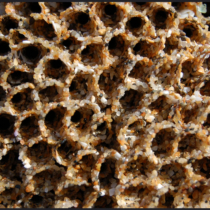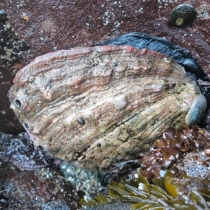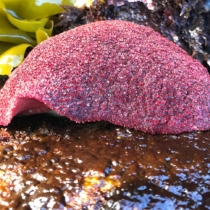There are many reasons why it is important for beaches to be clean. Beaches that are covered in litter are not ideal places for life to thrive. Our group found this from the two sites that we visited. The first was the San Leandro Marina. This beach was covered in litter, and clearly was not well-maintained. There was not even a beach, only broken concrete filling the 10-foot gap from the walking path to the water. The only life we found here were seagulls and algae. Seagulls don’t even live on the beach, so they aren’t really affected by this, and algae will grow regardless of the lack of effort in supporting the site. However, compare this to Ocean Beach. This site is well taken care of, and the multitudes of species that live there illustrate this fact. These include the Western Snowy Plover, and the topic of this blog, the Sand Crab.
When our group went out and had an awesome time researching the sand crabs at Ocean Beach, we started to wonder if there were more females in the population of more male. Our question is concerning the sex ratio between males and females. Sex ratio is defined as “The proportion of males to females in a given population, usually expressed as the number of males per 100 females.” Are females dominating males in the sand crab population?
More
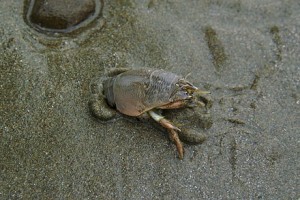 by Julia, Olivia, and Thomas
by Julia, Olivia, and Thomas










